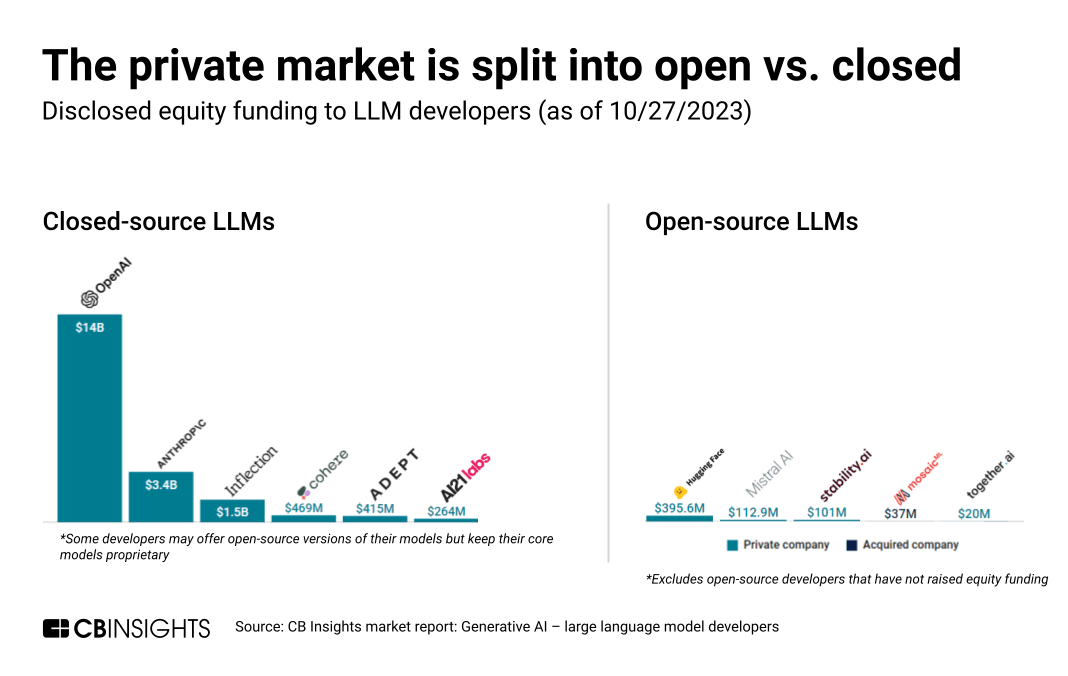The Transatlantic AI Divide: Trump Administration's Role In Shaping European Policy

Table of Contents
The Trump Administration's Approach to AI
The Trump administration's approach to AI was characterized by a relatively hands-off, deregulatory stance compared to the more interventionist approach adopted by the European Union. This strategy prioritized rapid technological advancement, particularly in areas deemed crucial for national security and military applications, often at the expense of broader ethical considerations and societal impact. This contrasted sharply with the burgeoning European focus on responsible AI development.
Key elements of this approach included:
- Deregulation efforts impacting AI development: A reduction in regulatory oversight aimed at fostering innovation, potentially at the cost of consumer protection and data privacy.
- Investment in AI for defense and national security: Significant funding channeled towards military AI applications, such as autonomous weapons systems and surveillance technologies.
- Limited focus on AI ethics and societal implications: A less pronounced emphasis on the potential societal risks associated with AI, such as job displacement, algorithmic bias, and privacy violations.
- Contrast with European emphasis on responsible AI development: A stark difference from the EU's focus on establishing ethical guidelines, promoting transparency, and ensuring accountability in AI systems. This difference became a major driver in shaping the Transatlantic AI divide.
European Response to US AI Policies
The Trump administration's policies prompted a significant reaction within Europe, accelerating the continent's push for greater digital sovereignty and independent control over its technological future. This was reflected in a strengthening of existing data protection laws and a renewed focus on developing its own AI ecosystem.
Europe's response included:
- Increased emphasis on GDPR compliance: The General Data Protection Regulation (GDPR) became a cornerstone of European data protection, creating significant barriers to transatlantic data flows and influencing AI development strategies that relied on large datasets.
- Development of EU AI Act and ethical guidelines: The EU is actively developing comprehensive legislation, the EU AI Act, aimed at regulating AI systems based on risk levels, and establishing ethical guidelines for responsible AI development. This proactive approach stands in stark contrast to the US's more laissez-faire attitude.
- Investment in European AI research and development initiatives: Significant investments are being channeled into European AI research and development projects, aiming to foster a competitive AI ecosystem within the EU and reduce reliance on US technology.
- Strengthening of data localization policies: Europe is increasingly prioritizing data localization, aiming to keep sensitive data within its borders and enhance its control over data flows. This has significant implications for international Transatlantic AI cooperation.
Impact on Transatlantic Cooperation in AI
The divergence in AI approaches between the US and Europe has had a demonstrable impact on Transatlantic cooperation in AI research, development, and deployment. Regulatory differences have created significant barriers to data sharing and joint projects, hindering progress in several areas.
The consequences include:
- Difficulties in data transfer and international collaborations: The GDPR’s stringent data protection rules have complicated data transfers between the US and Europe, impacting joint research projects and hindering international collaboration.
- Impact on joint research projects and initiatives: The differing regulatory landscapes have led to complexities in coordinating research projects and initiatives, leading to reduced collaboration and potentially slower progress in AI innovation.
- Potential for future cooperation under new administrations: A change in US administration could potentially pave the way for renewed cooperation, but bridging the existing gap will require significant effort and negotiation.
- The role of international organizations in bridging the gap: International organizations, such as the OECD, could play a crucial role in facilitating dialogue and establishing common standards for AI development and deployment.
The Future of the Transatlantic AI Divide
The long-term consequences of the policies enacted during the Trump administration remain to be seen. However, it's clear that the Transatlantic AI divide has created a more fragmented global AI ecosystem, raising questions about future innovation and leadership.
Key aspects to consider:
- Long-term effects on AI innovation and global leadership: The divergence could lead to slower overall progress in AI innovation, as well as a potential shift in global AI leadership.
- Potential for increased fragmentation of the AI ecosystem: The ongoing divergence could contribute to a more fragmented global AI ecosystem, with different regulatory frameworks and standards across continents.
- The role of international standards in mitigating the divide: The establishment of common international standards for AI could help bridge the gap and foster collaboration.
- The influence of future US administrations on the transatlantic relationship: The approach of future US administrations towards AI regulation and international cooperation will be crucial in determining the future trajectory of the Transatlantic AI divide.
Bridging the Transatlantic AI Divide
In conclusion, the Trump administration's approach to AI significantly influenced the divergence in Transatlantic AI policies. This divide poses significant challenges to global AI development and cooperation. Addressing this gap is crucial for fostering innovation, ensuring ethical AI development, and navigating the complex geopolitical landscape of the 21st century. Further research and open dialogue are essential to finding common ground and establishing a framework for Transatlantic AI cooperation. We must strive for a collaborative approach to responsible AI development, embracing global AI governance to harness the transformative potential of AI while mitigating its risks. Only through shared effort can we bridge this critical divide and build a future where AI benefits all of humanity.

Featured Posts
-
 A Game Stop Visit Securing My Nintendo Switch 2 Preorder
Apr 26, 2025
A Game Stop Visit Securing My Nintendo Switch 2 Preorder
Apr 26, 2025 -
 Harvards Challenges A Conservative Professors Proposed Solutions
Apr 26, 2025
Harvards Challenges A Conservative Professors Proposed Solutions
Apr 26, 2025 -
 Russias Disinformation Campaign False Greenland News Fuels Denmark Us Tensions
Apr 26, 2025
Russias Disinformation Campaign False Greenland News Fuels Denmark Us Tensions
Apr 26, 2025 -
 Het Onlogische Zoete Broodje Uit Nederland
Apr 26, 2025
Het Onlogische Zoete Broodje Uit Nederland
Apr 26, 2025 -
 Anchor Brewing Companys 127 Year Run Comes To An End
Apr 26, 2025
Anchor Brewing Companys 127 Year Run Comes To An End
Apr 26, 2025
